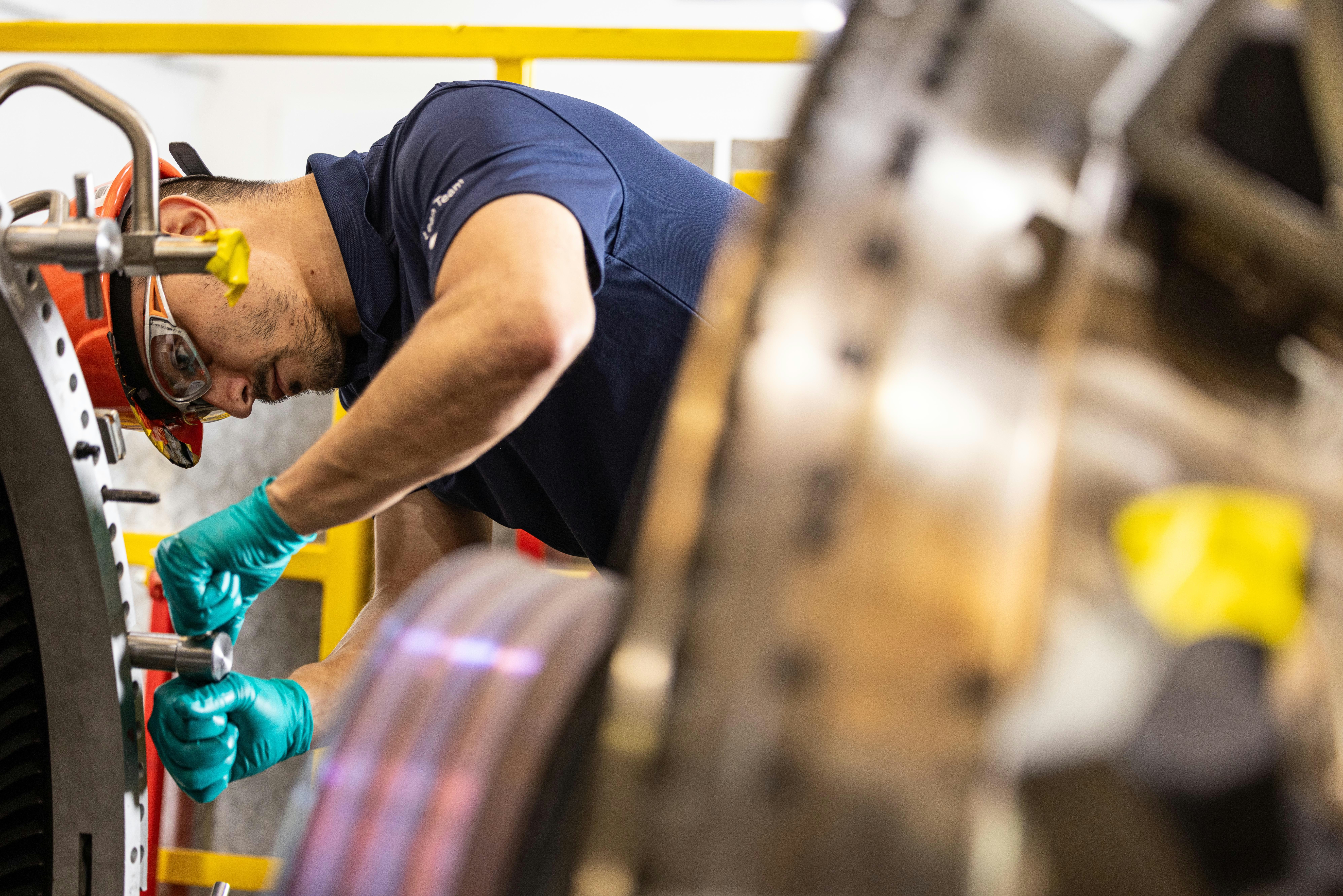
AeroGenie — Your Intelligent Copilot.
Trending
Categories
Emirates to Present Biometric Technology and Eco-Friendly Innovations at Dubai Airshow 2025
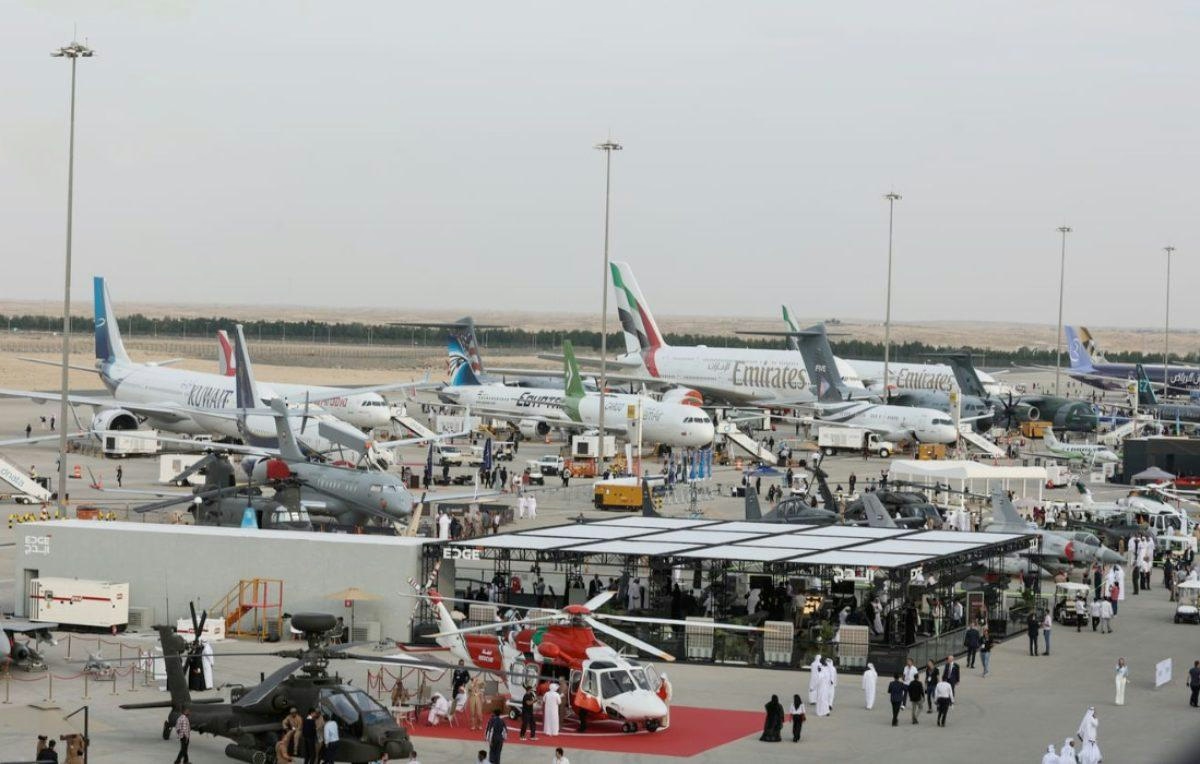
Emirates to Present Biometric Technology and Eco-Friendly Innovations at Dubai Airshow 2025
Emirates is poised to unveil a suite of cutting-edge technologies and sustainable initiatives at the Dubai Airshow 2025, signaling a transformative phase in aviation. The airline’s showcase will emphasize advanced biometric systems, artificial intelligence (AI)-powered solutions, and eco-friendly innovations designed to enhance passenger experience, operational efficiency, and environmental stewardship. This participation highlights Emirates’ strategic focus on personalization, security, and sustainability amid a rapidly evolving global aviation environment.
Technological Advancements and Fleet Highlights
Central to Emirates’ exhibition will be its latest aircraft fleet, including the Airbus A380, Boeing 777, and the newly introduced Airbus A350. The Emirates Flight Training Academy will also feature its Gamebird GB1 and Diamond DA42-VI aircraft, underscoring the airline’s commitment to advancing pilot training with next-generation technology.
A standout innovation is the Smart Corridor, an advanced biometric gateway that facilitates real-time passenger identity verification. This system eliminates the need for traditional passports or boarding passes, streamlining the boarding process while enhancing security measures. Complementing this is the Biometric Selfie Registration feature integrated into the Emirates app, enabling passengers to check in via facial recognition for a faster, contactless experience.
Further enhancing operational capabilities, Emirates will debut its AI-powered Enhanced Customer Handling System, developed on NVIDIA’s AI infrastructure. Utilizing Internet of Things (IoT) cameras deployed throughout the airport, the system monitors passenger movement from entry, providing real-time data to staff to optimize service delivery and operational efficiency. This technology will initially be piloted at the First Class Check-in Area at Dubai International Airport, with plans for expansion across Emirates Lounges.
Another significant technological advancement is the Smart Skies Turbulence Management System, designed to improve flight safety and passenger comfort by intelligently managing turbulence. This innovation reflects Emirates’ ongoing dedication to operational excellence and passenger well-being.
Commitment to Sustainability and Industry Context
Sustainability will be prominently featured through the Aircrafted by Emirates initiative, where the airline’s engineering team repurposes aircraft materials into new products. This program reinforces Emirates’ commitment to environmentally responsible practices and circular economy principles within the aviation sector.
Emirates’ ambitious presentation arrives amid a highly competitive and complex industry landscape. The Dubai Airshow 2025 is expected to showcase rival airlines unveiling comparable technological advancements, intensifying the race for innovation. Market attention is likely to focus sharply on sustainability, particularly as geopolitical tensions and global environmental concerns increasingly influence industry priorities. The event will also highlight broader challenges facing the sector, including aircraft delivery delays and China’s expanding ambitions to rival established manufacturers such as Airbus and Boeing. These factors may shape the reception of Emirates’ innovations and prompt competitors to reveal their own breakthroughs to maintain market leadership.
As Emirates prepares to take center stage at the Dubai Airshow 2025, its integration of biometric, AI-driven, and sustainable solutions positions the airline at the forefront of aviation’s future, while setting the tone for intensified competition and industry transformation.

CDB Aviation Leases Two 737 MAX 8 Jets to Ethiopian Airlines

EU Proposes Draft Rules for AI Use in Aviation
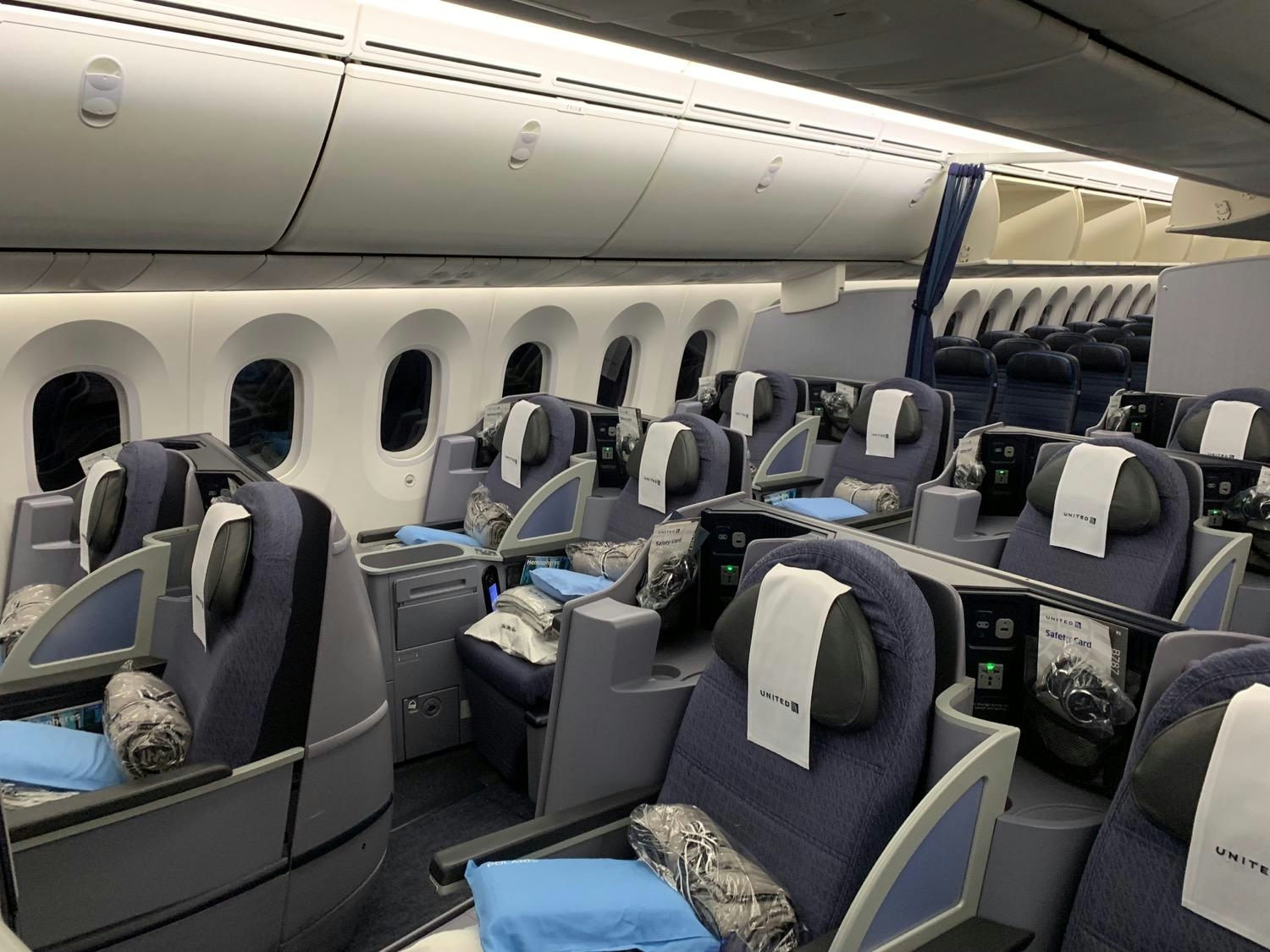
United's Dreamliner Trio: Unveiling The Top Routes For Each 787 Variant
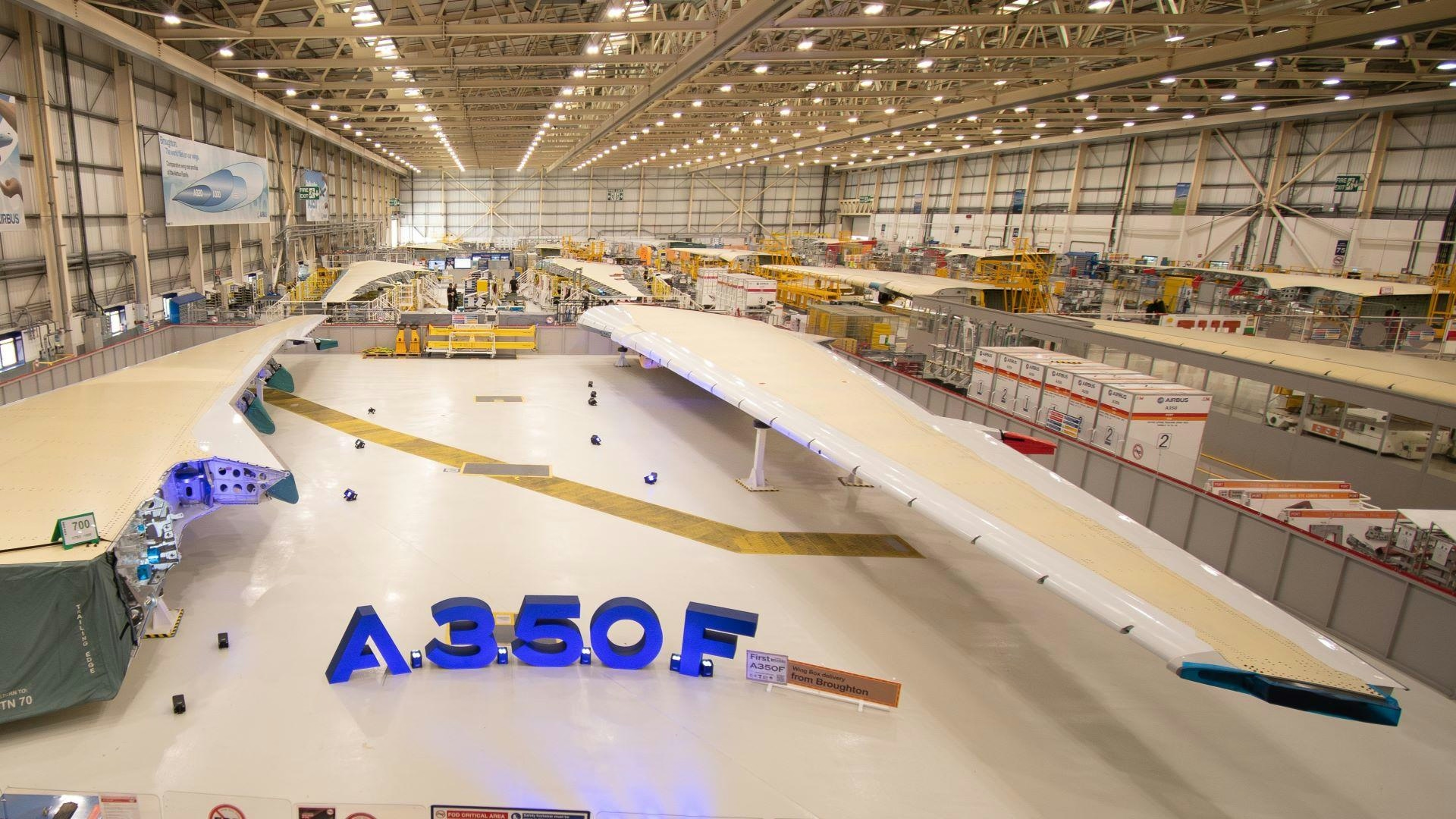
Airbus Wins Air China Cargo Order for Six A350F Freighters

Airbus Expected to Secure Majority of Flydubai Jet Order, Sources Say
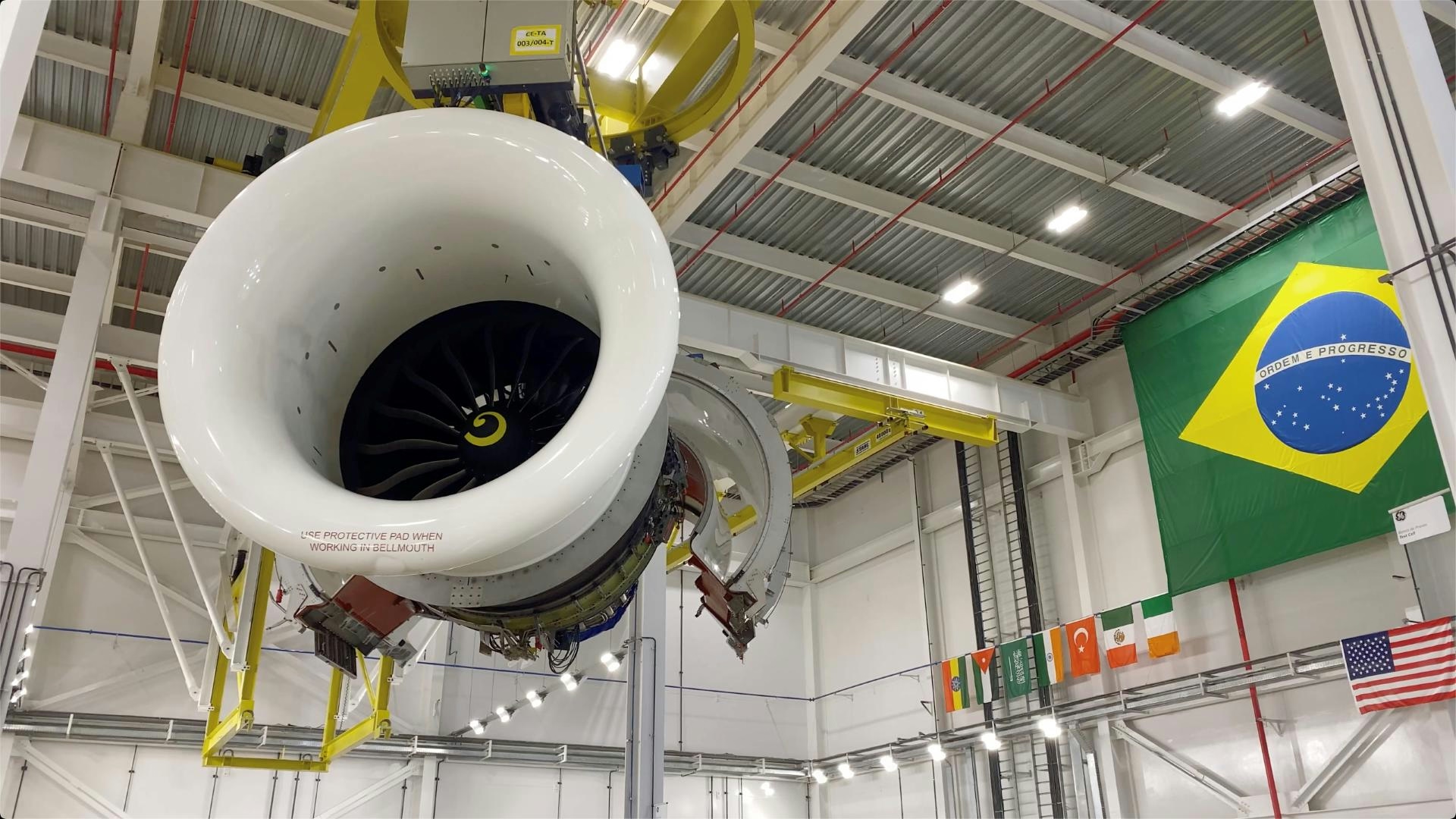
Inside GE Aerospace’s Mission To Build The World’s Toughest Jet Engines

Airbus Expands Fleet in the Middle East: Implications for Air Travel
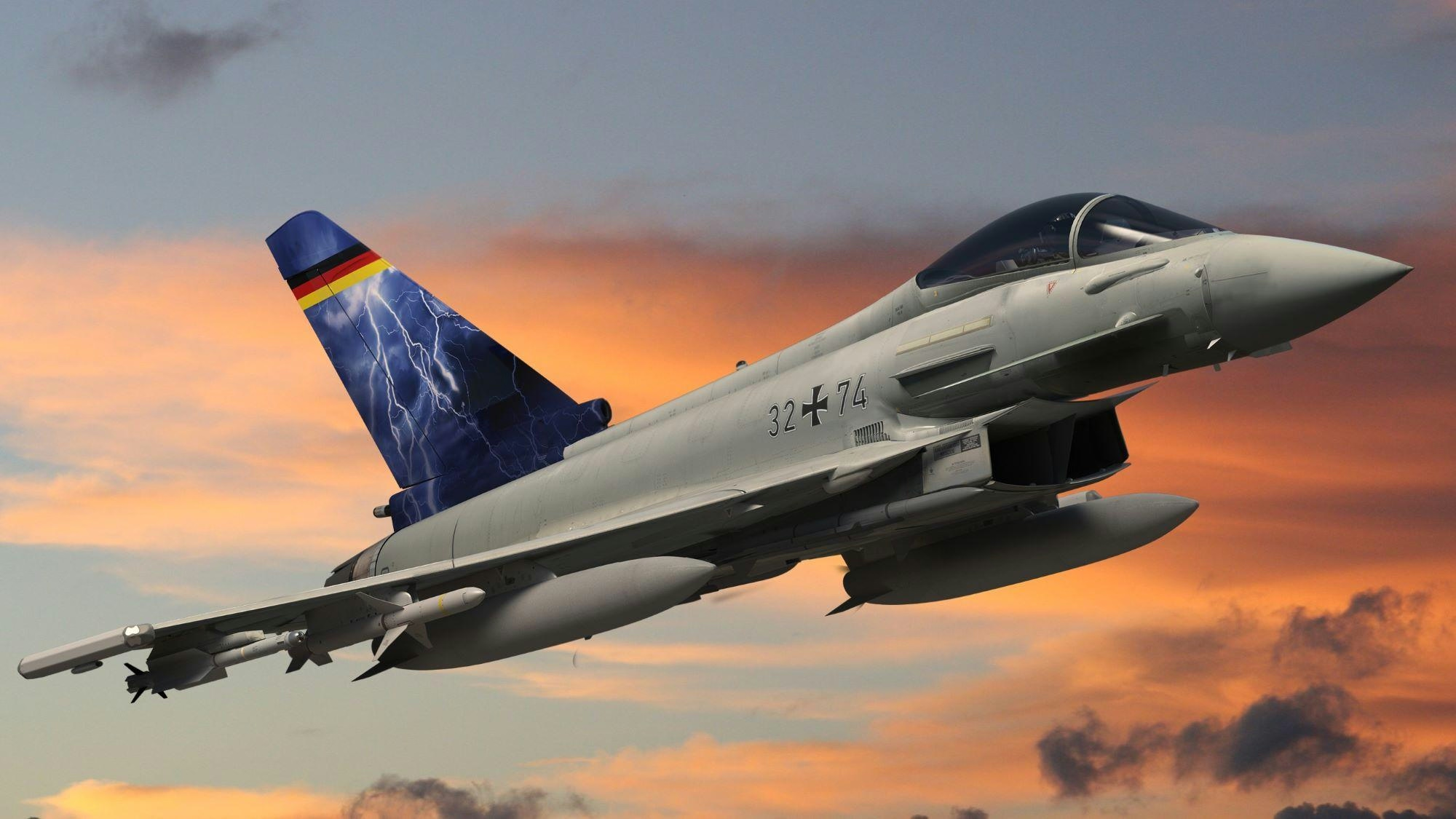
Airbus Orders Saab’s Arexis EW Suite for Eurofighter EK
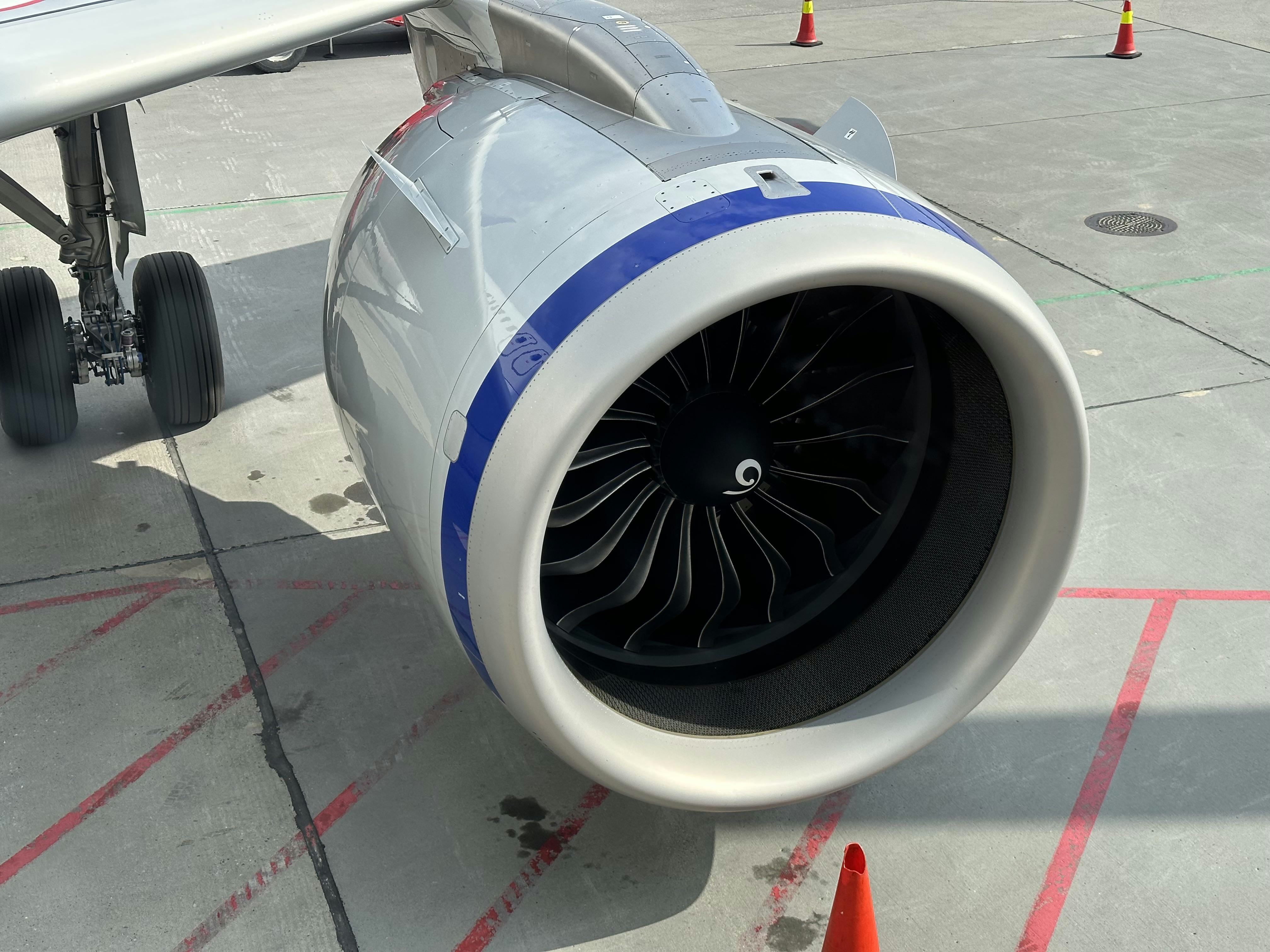
How aircraft engines are getting quieter
